Rare Rides: The 1975 Jensen Interceptor Convertible – A Very British Chrysler

The Jensen Interceptor brought together American power and British design and craftsmanship in a rare heavyweight sports-luxury liftback.
The company even made a few of them into convertibles, like today’s Rare Ride.
Jensen first used the Interceptor name post-WWII, on a two-door luxury model offered in three different bodystyles. And it was a very low-production affair — between 1950 and 1957, the company produced just 88 examples. After almost a decade of dormancy, Jensen started work on a second series of Interceptor cars, this time as a successor to its coupe-only CV8 model. The new Interceptor II went on sale for the 1966 model year in two-door, four-seat liftback format.
In a change of pace for the small British manufacturer, Jensen turned away from its traditional fiberglass construction in favor of steel body panels. Though the design looks quintessentially British, it was actually outsourced to Carrozzeria Touring in Italy. The earliest examples were also built in Italy after Jensen outsourced construction to Vignale. Later, production moved back to England.
For the entire Interceptor run, Jensen turned to Chrysler for firepower. The first examples off the line contained a 383 Golden Commando V8. Sporting 335 gross horsepower, the Golden Commando was employed through 1970. At that point, Chrysler de-tuned it to 250 horsepower in order to handle unleaded gasoline, before switching to the 440 V8 variants for 1971. Chrysler dropped the more powerful 440 3-carb for 1972, and again de-tuned the remaining 2-carb engine to 280 horsepower. Jensen stuck with the 440 through the rest of the model’s production. In 1976, the muscular Interceptor ended its run with 255 net horsepower. Very few Interceptor owners chose manual transmissions; the vast majority opted for the three-speed TorqueFlite. This is luxury grand touring.
As the years wore on, Jensen updated the Interceptor here and there. Cosmetic changes came with Mark II nomenclature in 1969, along with a revised American-spec interior and optional air conditioning. 1971 brought the Mark III, with further revised exterior trim, and standard air conditioning.
The cabriolet version, introduced for ’74, was intended for luxurious American customers. Jensen made some considerable body modifications before sending the topless coupe across the ocean. Expensive and obscure, just 267 convertibles were sold worldwide. The rareness of the cabriolet is bested only by the Coupe version. Available between 1975 and 1976 (when Jensen became insolvent), only 60 examples rolled out of the factory. The Coupe was made by adding a roof onto the convertible version — no more liftback greenhouse.
Today’s Rare Ride is a black-on-black, American-market cabriolet. The dealer did a great job showcasing the excellent-condition ragtop in photos, perhaps justifying their $69,988 asking price. And all that Chrysler underneath means you can have your Jensen serviced at the local muscle car shop.
[Images: seller]

Interested in lots of cars and their various historical contexts. Started writing articles for TTAC in late 2016, when my first posts were QOTDs. From there I started a few new series like Rare Rides, Buy/Drive/Burn, Abandoned History, and most recently Rare Rides Icons. Operating from a home base in Cincinnati, Ohio, a relative auto journalist dead zone. Many of my articles are prompted by something I'll see on social media that sparks my interest and causes me to research. Finding articles and information from the early days of the internet and beyond that covers the little details lost to time: trim packages, color and wheel choices, interior fabrics. Beyond those, I'm fascinated by automotive industry experiments, both failures and successes. Lately I've taken an interest in AI, and generating "what if" type images for car models long dead. Reincarnating a modern Toyota Paseo, Lincoln Mark IX, or Isuzu Trooper through a text prompt is fun. Fun to post them on Twitter too, and watch people overreact. To that end, the social media I use most is Twitter, @CoreyLewis86. I also contribute pieces for Forbes Wheels and Forbes Home.
More by Corey Lewis
Latest Car Reviews
Read moreLatest Product Reviews
Read moreRecent Comments
- Probert They already have hybrids, but these won't ever be them as they are built on the modular E-GMP skateboard.
- Justin You guys still looking for that sportbak? I just saw one on the Facebook marketplace in Arizona
- 28-Cars-Later I cannot remember what happens now, but there are whiteblocks in this period which develop a "tick" like sound which indicates they are toast (maybe head gasket?). Ten or so years ago I looked at an '03 or '04 S60 (I forget why) and I brought my Volvo indy along to tell me if it was worth my time - it ticked and that's when I learned this. This XC90 is probably worth about $300 as it sits, not kidding, and it will cost you conservatively $2500 for an engine swap (all the ones I see on car-part.com have north of 130K miles starting at $1,100 and that's not including freight to a shop, shop labor, other internals to do such as timing belt while engine out etc).
- 28-Cars-Later Ford reported it lost $132,000 for each of its 10,000 electric vehicles sold in the first quarter of 2024, according to CNN. The sales were down 20 percent from the first quarter of 2023 and would “drag down earnings for the company overall.”The losses include “hundreds of millions being spent on research and development of the next generation of EVs for Ford. Those investments are years away from paying off.” [if they ever are recouped] Ford is the only major carmaker breaking out EV numbers by themselves. But other marques likely suffer similar losses. https://www.zerohedge.com/political/fords-120000-loss-vehicle-shows-california-ev-goals-are-impossible Given these facts, how did Tesla ever produce anything in volume let alone profit?
- AZFelix Let's forego all of this dilly-dallying with autonomous cars and cut right to the chase and the only real solution.




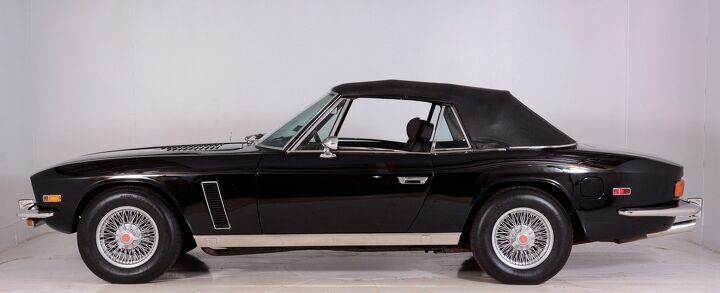



















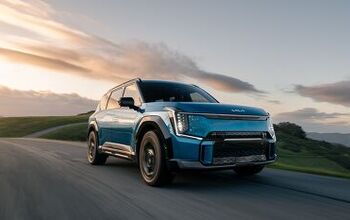



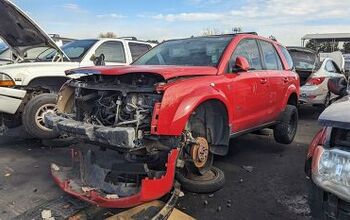
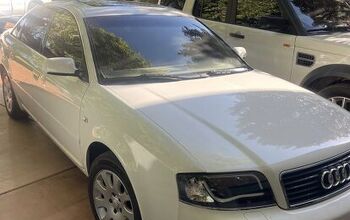


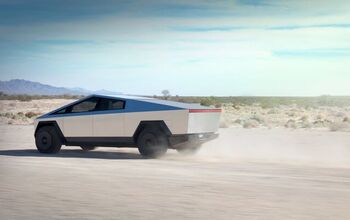
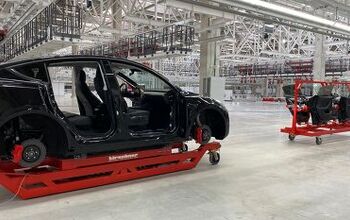

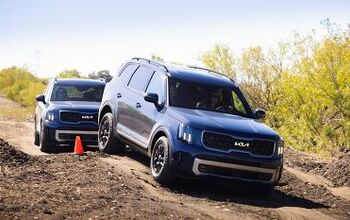
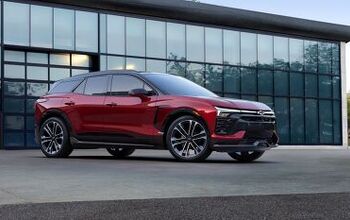


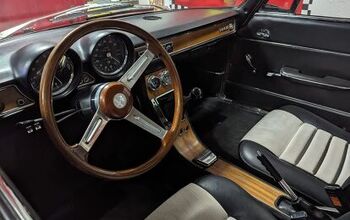

Comments
Join the conversation
The good old Jensen Interceptor garage shelf. Seriously the hatch version must have the highest percentage of dead cars sitting in a garage with crap piled high on them of any car I've seen. Several houses ago a guy down the street had one in his garage that you could just see the nose when the garage door was open. Many years ago I had a customer that had one in his garage again piled high with crap. The person who lived across the street from my MIL's old house also had one in his garage, though at one point he did uncover it and roll it out in the driveway. Of course it went back in the garage and ended up with crap piled all over it again.
Nice looking vehicle and good article! Thanks, Corey. My dad had a Coronet 500 (65??) with a 383 in it. As a kid I thought that was mighty cool. At that time I was more into drag racing so the "bigger" displacement translated into "faster" quarter mile times.